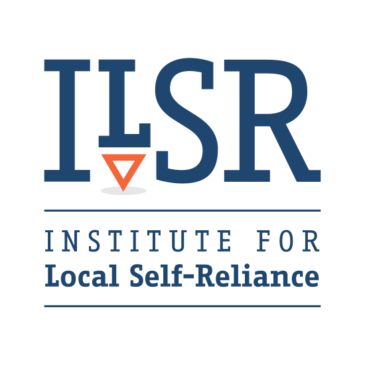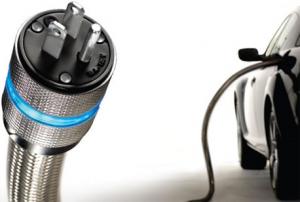Study: Getting Local Buy-in of Renewable Energy Projects
 Methodical as ever, a European research group has published a study of “benefit-sharing mechanisms” to help renewable energy project developers gain local acceptance of their projects.
Methodical as ever, a European research group has published a study of “benefit-sharing mechanisms” to help renewable energy project developers gain local acceptance of their projects.
Summary
Communities have three types of objections to renewable energy projects – environmental, NIMBY, and opportunism. The study examines eight ways that developers can share benefits with the local community in order to address their objections to renewable energy projects.
In a sentence: people want to avoid environmental and personal harm and share in the economic benefits of their local renewable energy resources and developers will increase their chances of success by addressing local desires.
U.S. developers should take note that opposition to wind farms may not seem so perverse when seen in the context of trying to use a community’s “free” renewable resource.




 Dear readers,
Dear readers, Toby Couture is one of the pre-eminent experts on cost-effectiveness of renewable energy policies and his comparative analysis of auctions (such as
Toby Couture is one of the pre-eminent experts on cost-effectiveness of renewable energy policies and his comparative analysis of auctions (such as  A new iPhone app is networking electric vehicle owners, letting them share their outlets to expand the charging options for new plug-in hybrid and all-electric cars.
A new iPhone app is networking electric vehicle owners, letting them share their outlets to expand the charging options for new plug-in hybrid and all-electric cars.